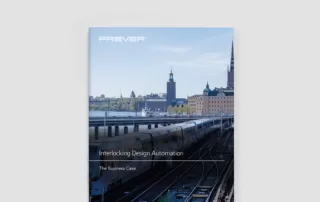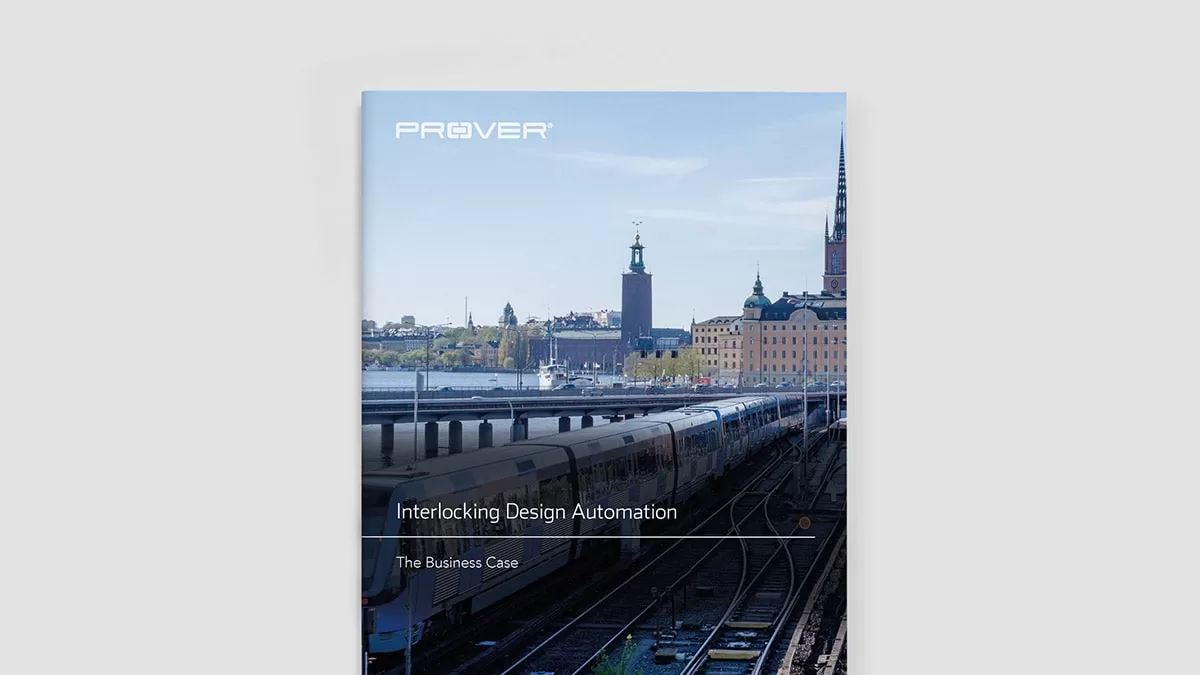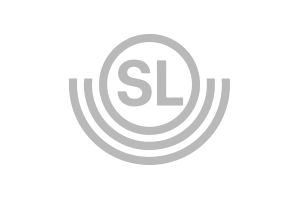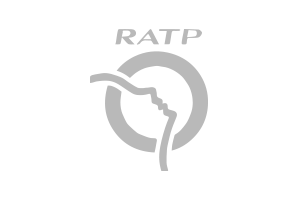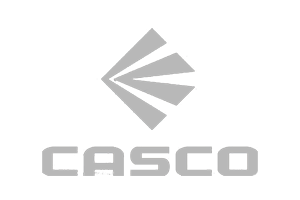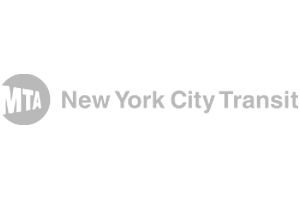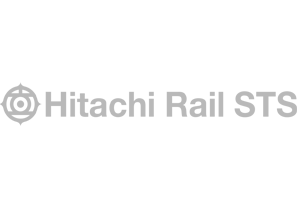Interlocking Design Automation
Imagine an infrastructure manager in need of a new rail control system; maybe a new line is to be built, extended or re-signaled to increase capacity or to solve issues with aging equipment requiring more and more maintenance. In this guide, we present a process that gives significant benefits to the supplier as well as the infrastructure manager.

